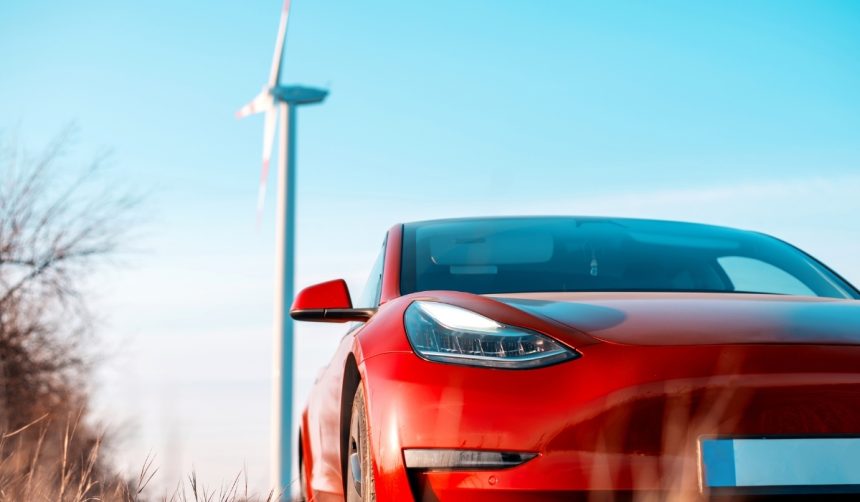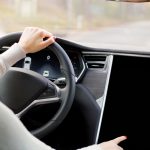Tesla is introducing its “Child Left Alone Detection” feature to the European market, following its release in the United States. This move comes as automakers face growing pressure to address the risk of children suffering from heatstroke after being left in vehicles. The new function uses sensors to identify when a child remains inside a parked Tesla, then issues escalating alerts to attract attention and notify vehicle owners. Leadership at Tesla stated their goal is to enhance child passenger safety on a global scale. Notably, each activation processes cabin data locally, preserving user privacy while responding quickly in emergency situations.
While similar technologies have been considered by other car manufacturers, Tesla previously launched its own systems involving ultrasonic sensors and interior cameras for movement detection. Earlier in the United States, the “Child Left Alone Detection” feature offered automatic visual alerts and app notifications but was absent from European models. Compared to prior announcements, Tesla has now provided a more consistent schedule across markets, reflecting increased regulatory alignment and consumer demand throughout Europe. This adjustment also demonstrates how industry responses to safety challenges evolve following real-world incidents highlighted in the media.
How Does Child Left Alone Detection Work?
The “Child Left Alone Detection” system monitors the vehicle’s interior for signs of a child left behind, using a combination of sensors. When the system is triggered, the vehicle’s indicator lights flash, audible alerts sound, and a message is sent to the owner’s Tesla app. According to the company, this cycle repeats until the situation is resolved or an adult returns to the vehicle.
Why Is Tesla Focusing on Heatstroke Prevention?
A significant number of child deaths each year are attributed to heatstroke from being left in vehicles. Tesla cites these preventable fatalities as a driving reason for deploying such safety technology. A representative emphasized,
“Protecting young passengers remains one of our biggest priorities,”
highlighting the brand’s role in promoting accident prevention.
How Can Owners Control This Feature?
By default, the “Child Left Alone Detection” is enabled in Tesla vehicles with software version 2025.32.6 and above in Europe. Drivers seeking to adjust their vehicle’s settings can do so by accessing “Controls > Safety > Child Left Alone Detection” on the car’s interface. The company clarified,
“Cabin monitoring data is processed within the vehicle and never transmitted elsewhere,”
aiming to address privacy concerns linked to increased in-car monitoring.
Automakers across the globe have been gradually introducing advanced alert systems for interior monitoring. Unlike some earlier initiatives in Europe, Tesla’s integration ties multiple sensor types with repeated notifications sent to users’ devices. One key difference now versus earlier deployments is Tesla’s prioritization of data privacy while still addressing regulatory requirements. This rollout may pressure competitors to adopt similar functions, potentially leading to standardized safety features industry-wide, especially as statistics around vehicle heatstroke remain largely unchanged. Consumers interested in child safety should review available technologies and monitor ongoing updates, as variations in regional laws and software support may affect feature availability.










